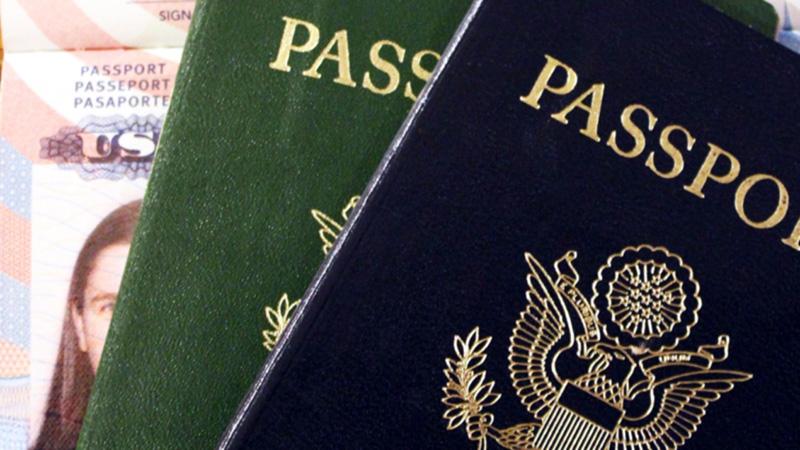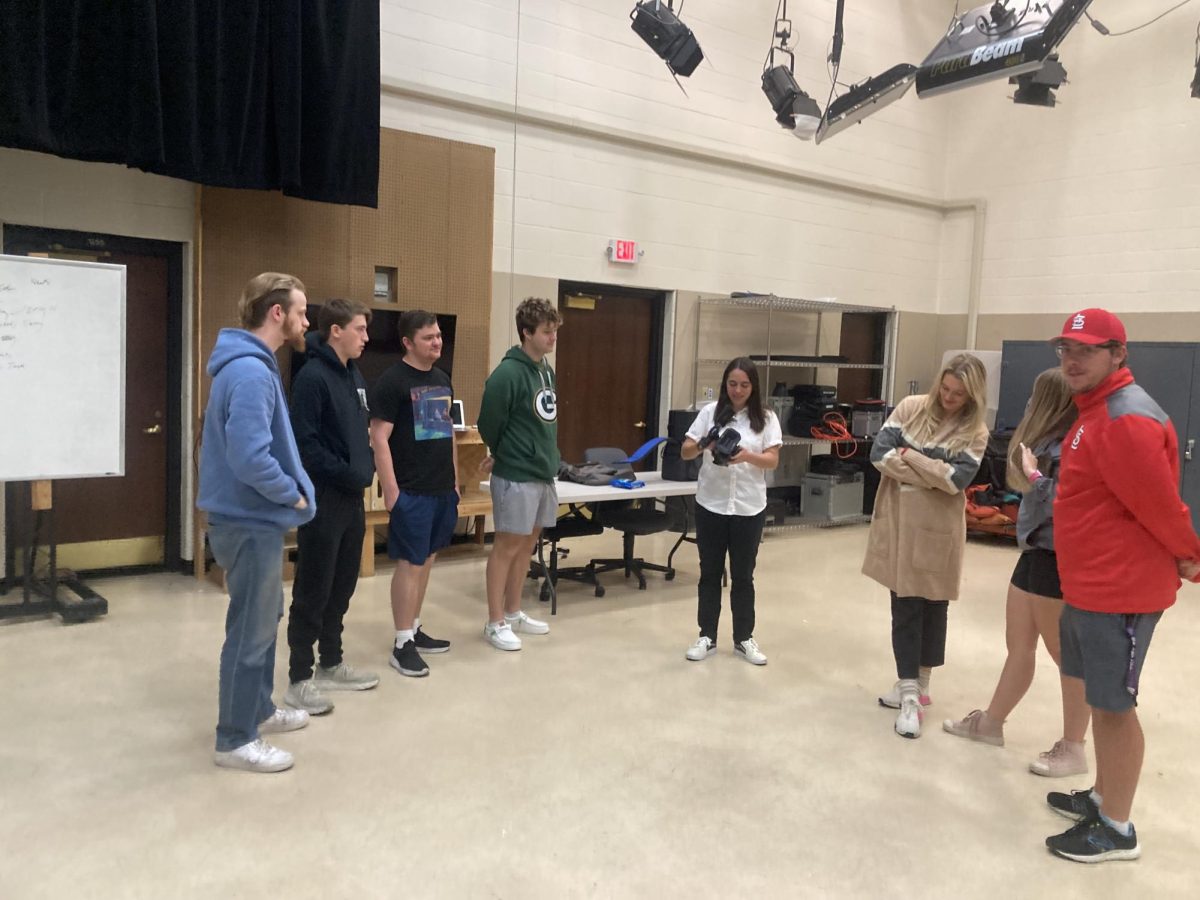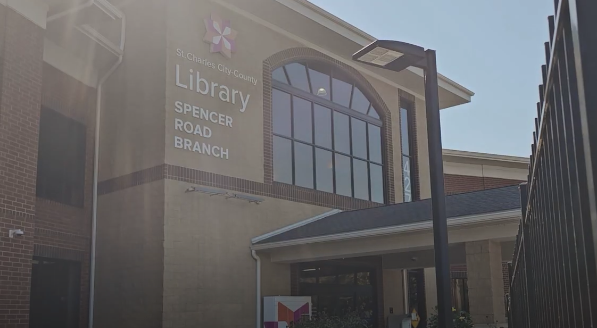
From Print [Apr. 22, 2014] | Legacy
Many international students find getting a visa to study in the United States to be a major chore. Ecuadorian student Melissa Loor described the application process as laborious and costly. U.S. Citizenship and Immigration Services must approve all visas for international students to study here.
Students must fill out the F1 application, as well as any additional USCIS documents needed to obtain the student visa. “The I-20 is a form for international students,” Loor said. “The cost of this application is $250. It is evidence that students are enrolled in an institution. This document shows the annual cost and employment authorization.”
An international business student from Peru who wished to remain anonymous had to pay $500 for the SEVIS. The SEVIS is an Internet-based system for maintaining information on foreign students and exchange visitors in the United States. “Without the SEVIS number, students are not allowed to enter the United States,” the student said.
According to the USCIS, it is illegal for international students to work off campus. The I-90 is a form denoting the arrival a departure records of particular foreigners used by U.S. Customs and Border Protection. After fees are paid and all the necessary forms are filed, the last process is the interview at the American Embassy in their own countries.
“This process is scary,” Loor said. “This interview decides your approval for your visa. Your future is in their hands; you should be honest and clear,” she said. Finally, Loor got her visa approved. “The five people that were in front of me didn’t get their visa approved. If they give you a yellow paper and take your passport, your visa is approved. If you get a white paper, USCIS denies your application,” she said.








